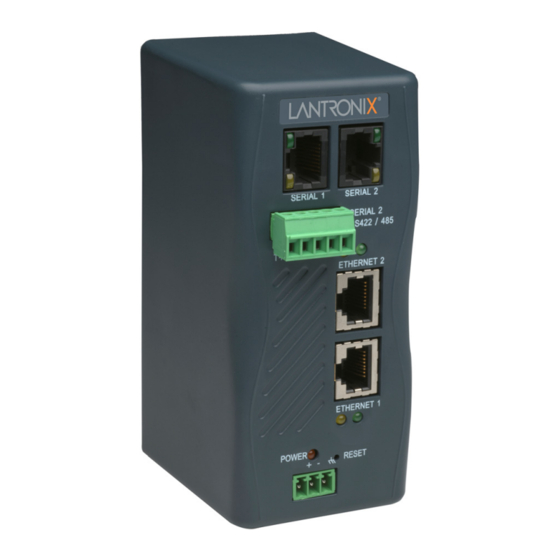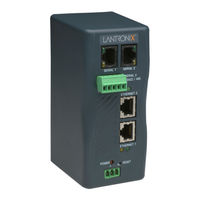
Lantronix XPress DR+ Manuals
Manuals and User Guides for Lantronix XPress DR+. We have 5 Lantronix XPress DR+ manuals available for free PDF download: User Manual, Quick Connect
Lantronix XPress DR+ User Manual (116 pages)
Lantronix Network Device User Guide
Brand: Lantronix
|
Category: Network Hardware
|
Size: 5 MB
Table of Contents
Advertisement
Lantronix XPress DR+ User Manual (87 pages)
Brand: Lantronix
|
Category: Network Hardware
|
Size: 2 MB
Table of Contents
Advertisement
Lantronix XPress DR+ User Manual (26 pages)
Industrial Device Server
Lantronix XPress DR+ Quick Connect (2 pages)
Industrial Device Server
Advertisement




